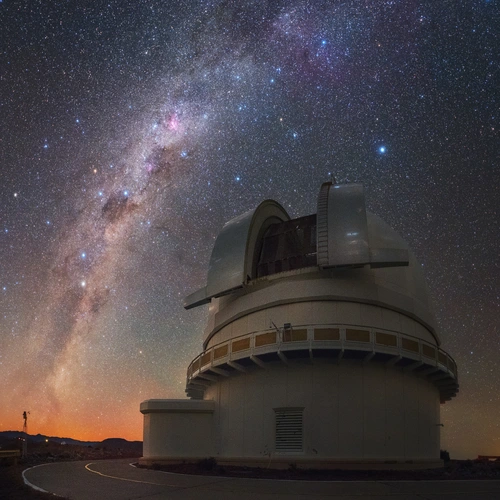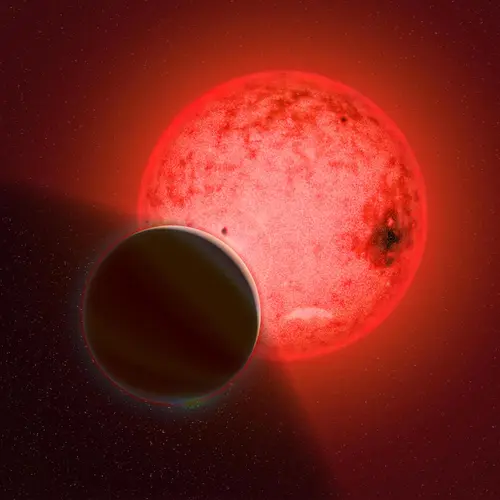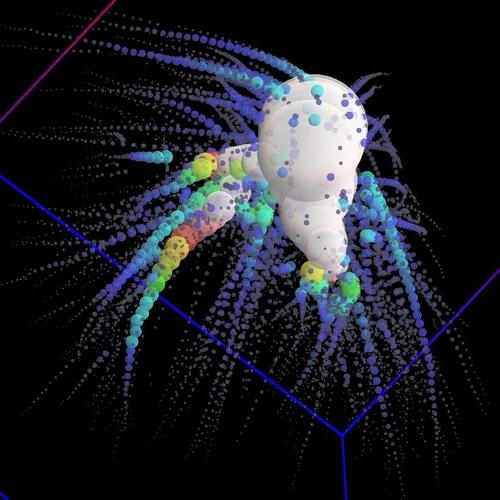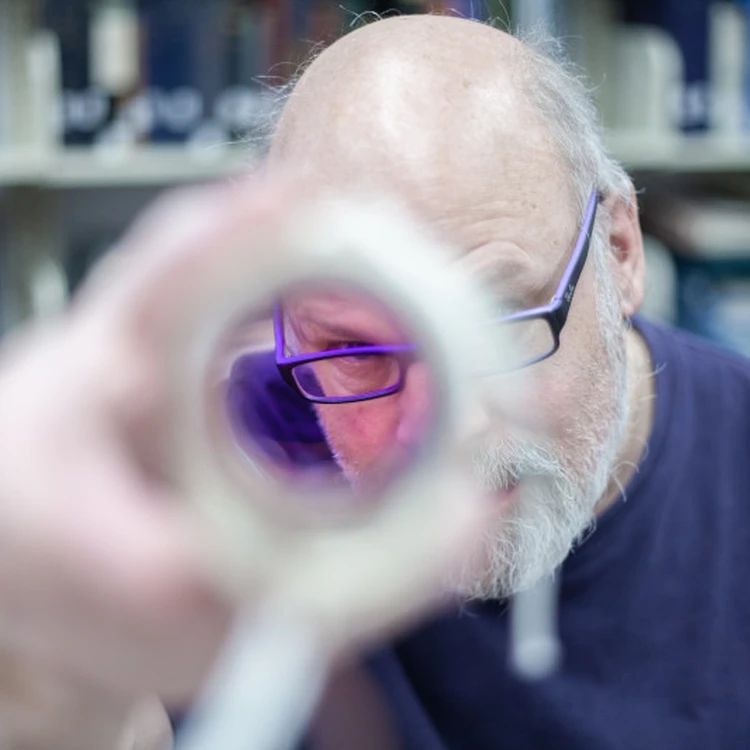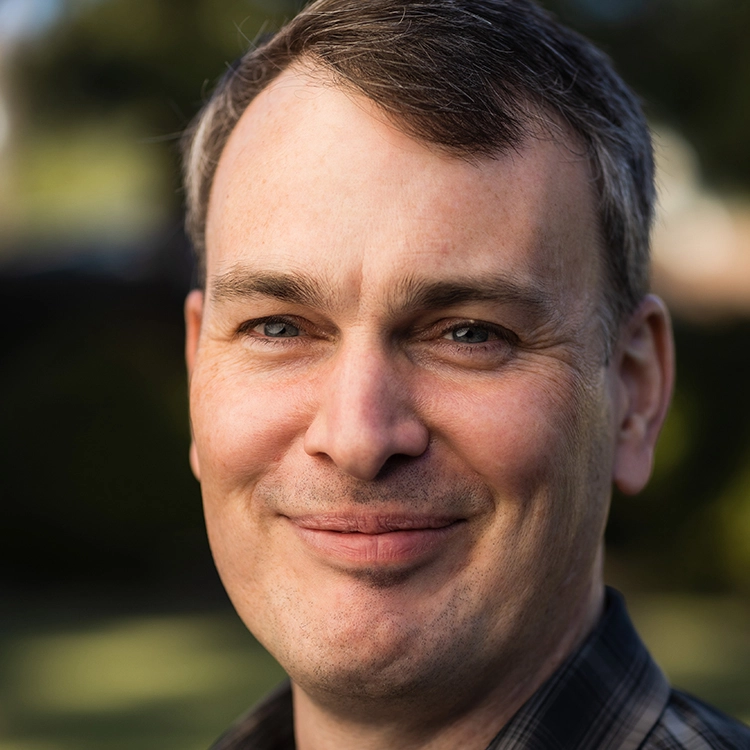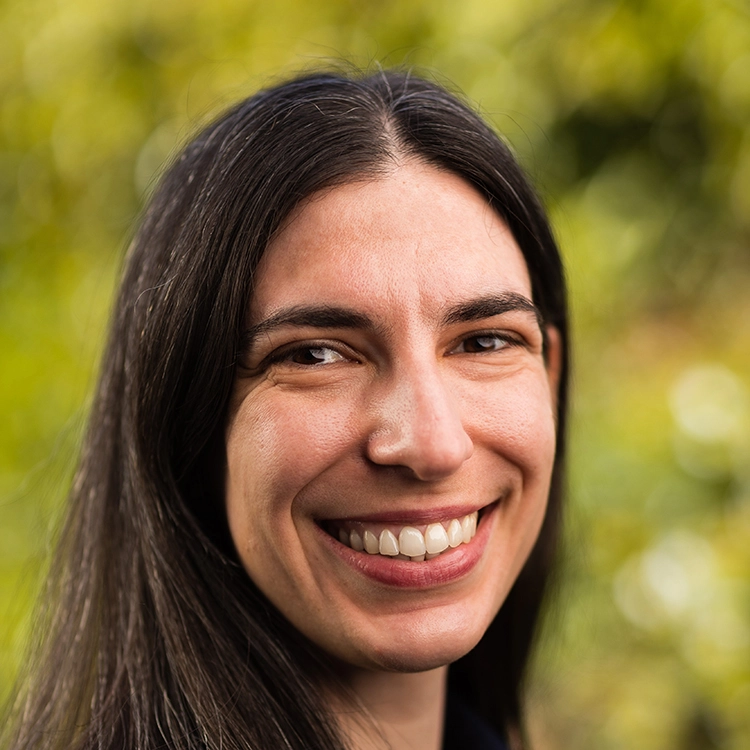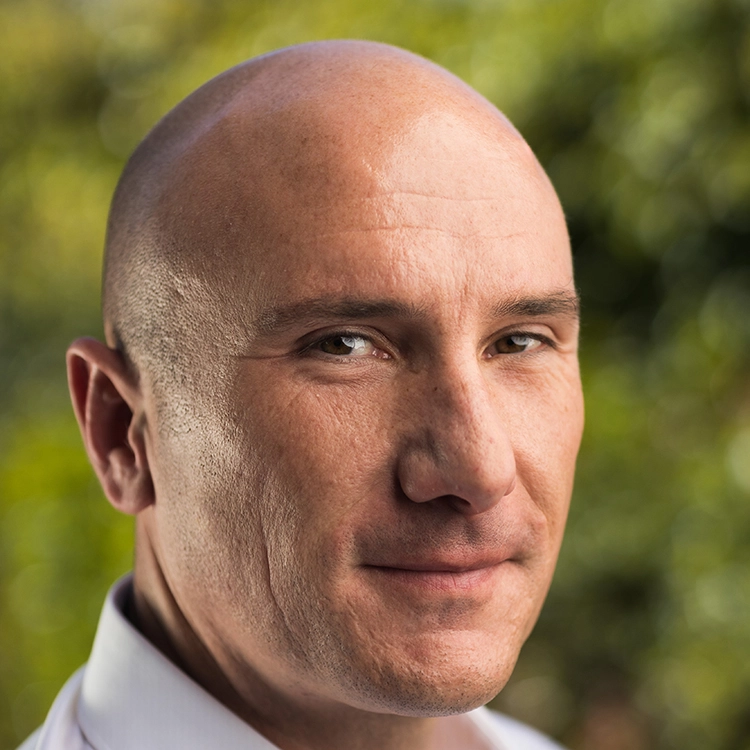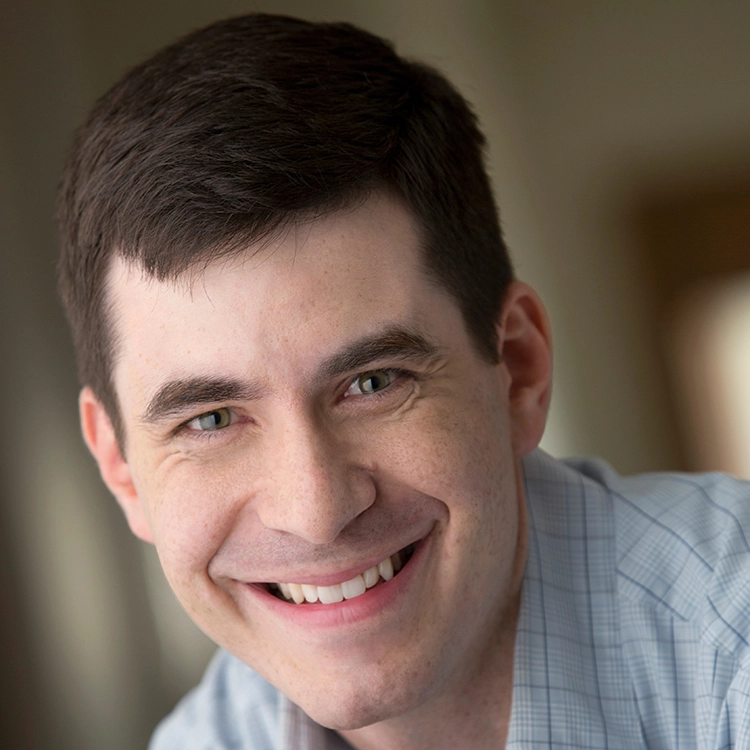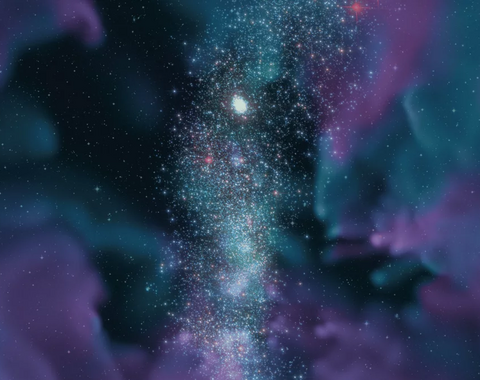Research
From discoveries in our own Solar System to revealing the physics underpinning our universe.
We deploy various tools and techniques to reveal the physics that shaped the universe
We use cutting-edge instruments to probe the intense star formation that happened at Cosmic Noon.
We have more than a century of experience designing and building telescopes and instruments.
The Milky Way is an excellent laboratory for understanding the forces that shape galaxies.
Piecing together the processes that shape a planetary system's formation and early evolution.
From discoveries in our Solar System to exploring distant worlds.
We played a central role in of two of the most-important astrophysical events of the last 200 years.
Theory provides key insights into the physical nature of the universe.
Related Divisions
Drawing on more than a century of science, our multidisciplinary department discovers exoplanets, creates new materials, illuminates Earth's inner workings, and seeks to better understand the universe that is our home.
Earth and Planets LaboratoryFrom the revelation of the universe’s expansion to the discovery of dark energy, Carnegie Observatories researchers have transformed humankind’s understanding of the cosmos. The groundbreaking work continues today at our world-famous Las Campanas Observatory in Chile.
Observatories
Our Telescopes
Carnegie Science's Las Campanas Observatory is known worldwide for the quality of its dark skies, which remain clear and stable due to its location above the Atacama Desert—the most arid non-polar place on the planet. Learn about our suite of telescopes, including the word-class twin Magellan Baade and Clay, as well as the just-completed Local Volume Mapper.
Learn More
Giant Magellan Telescope
The Giant Magellan is currently under construction at Carnegie Science's Las Campanas Observatory in Chile, one of the best places on Earth to build a telescope. It is poised to provide insights into some of humanity's biggest questions and ring in a renaissance of ground-based astronomy.
Learn More
JWST
JWST
Carnegie Science astrophysicists and planetary scientists continue to showcase their creativity and propensity for bold research ideas using JWST. Over three cycles of telescope-time allocation, 13 projects headed up by Carnegie-affiliated astronomers have been selected to use JWST to study objects ranging from exoplanet atmospheres to the earliest generations of stars and galaxies.
Learn More



